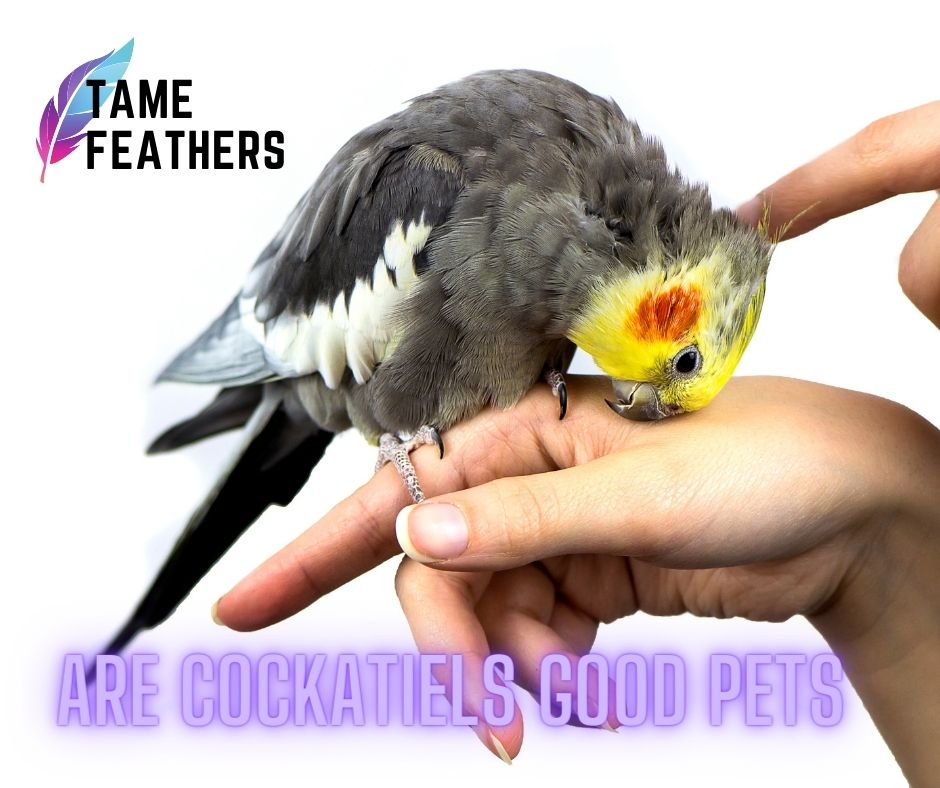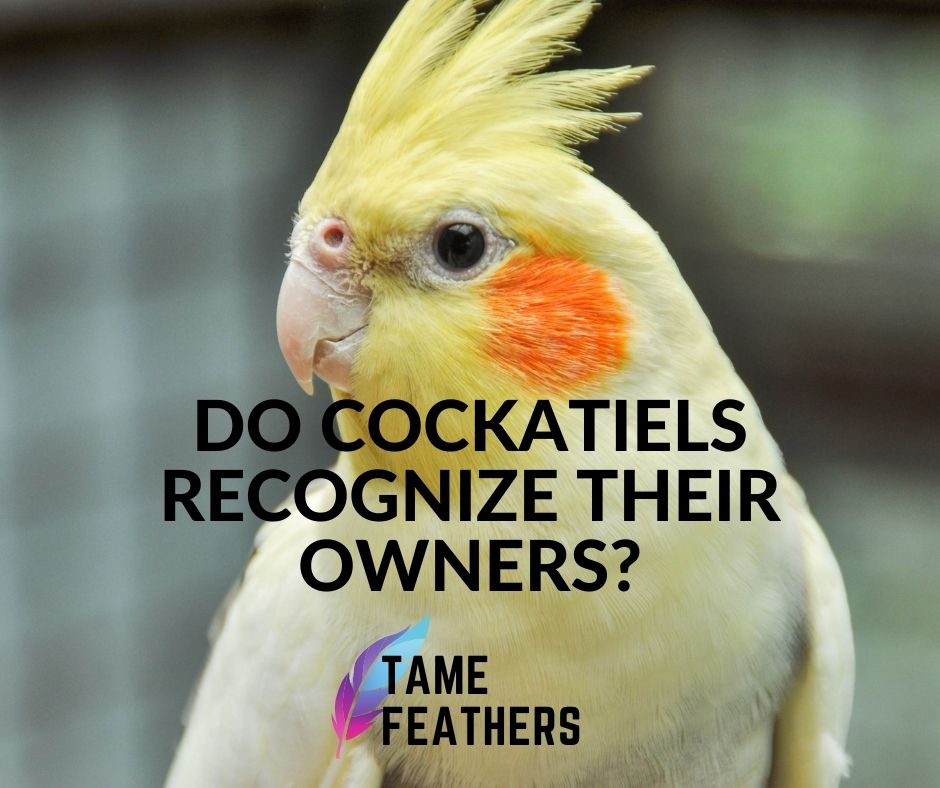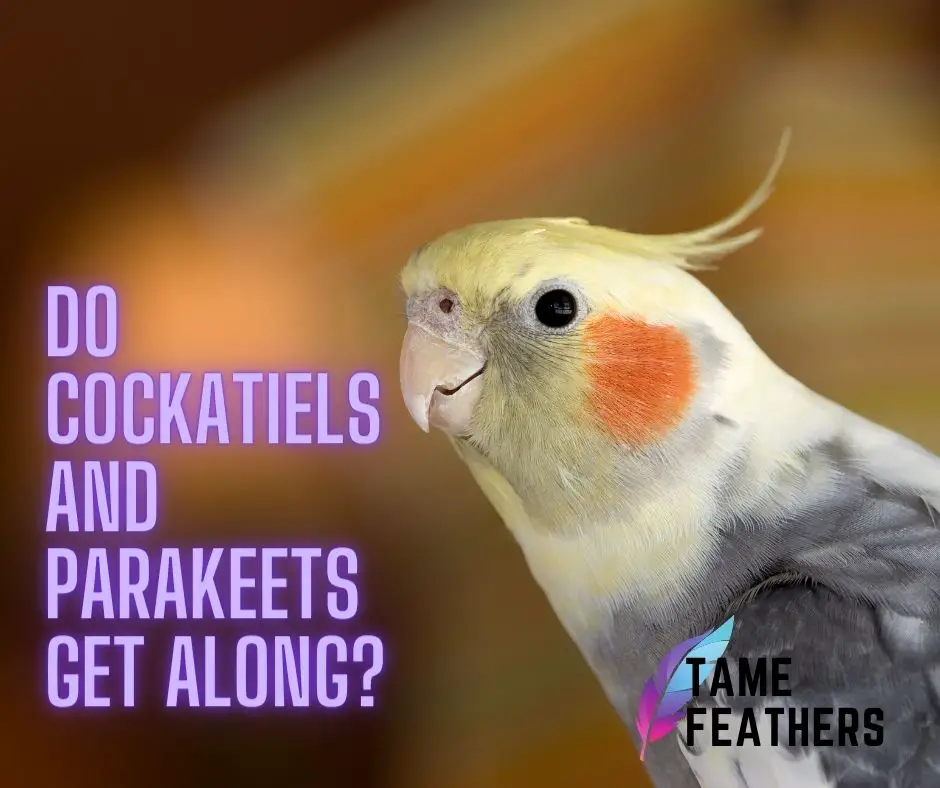Cockatiel is a good pet at home. There is no doubt about it. However, they are also a fascinating wild animal. It is just that, not a lot of people know how they act in the wild.
Hence, it is an object of curiosity. Cockatiels are fairly independent and they are a great part of the wild ecosystem.
In this post, I will share with you the lives of cockatiels in the wild.
We are going to explore the fascinating lives of cockatiels in the wild.
Let’s get started!
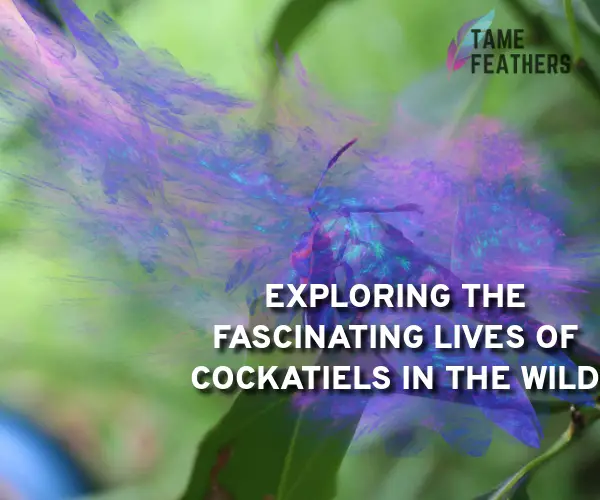
Where Cockatiels Thrive
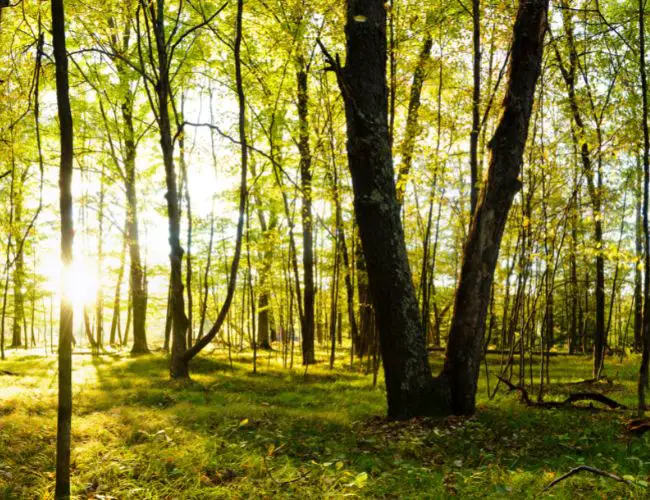
The drier regions of Australia are home to the native species of cockatiel, which can be found there.
They call grasslands and open forests with a smattering of trees and bushes in a savanna environment their home.
In general, they choose environments that provide plentiful access to water that is not excessively deep or swiftly moving.
Cockatiels get their nutrition from the grasses and seeds of plants like gum trees and wattles that are native to their environment.
In addition to this, they hunt for insects in the cavities of trees or in the vegetation that lines waterways.
Cockatiel populations, on the other hand, have been on the decline in recent years as a result of the destruction of their natural habitats by human activity such as land clearing for agricultural purposes or urbanization.
Because of this, several conservation efforts have been launched all around Australia with the goal of protecting the habitats of these birds.
Behavioral Habits
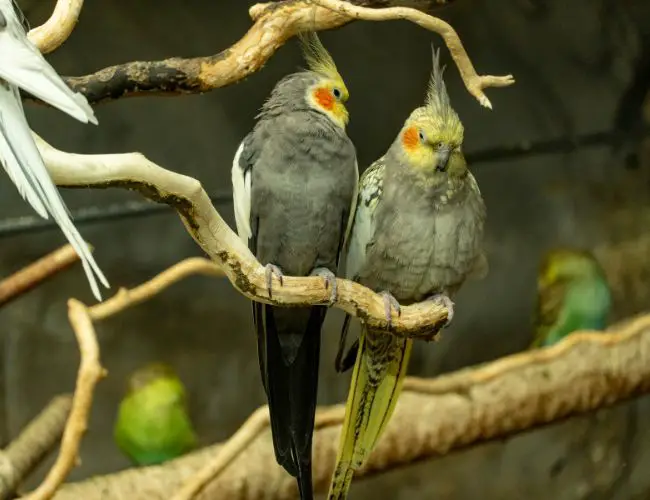
Cockatiels are highly social animals that gather together in large flocks consisting of anywhere from 10 to 30 individuals.
These flocks can be seen flying around together during the day looking for food sources.
Cockatiels are able to communicate with one another through facial expressions and vocalizations.
During the process of feeding, they all cooperate with one another as a flock; one bird will swoop down near prospective food while others watch out overhead ready to emit an alarm call if danger appears.
As night falls, the threat of potential danger drives these birds to seek sanctuary in tree cavities, where they stay communally until dawn, when they then continue their quest for food during the daylight hours.
Breeding Season
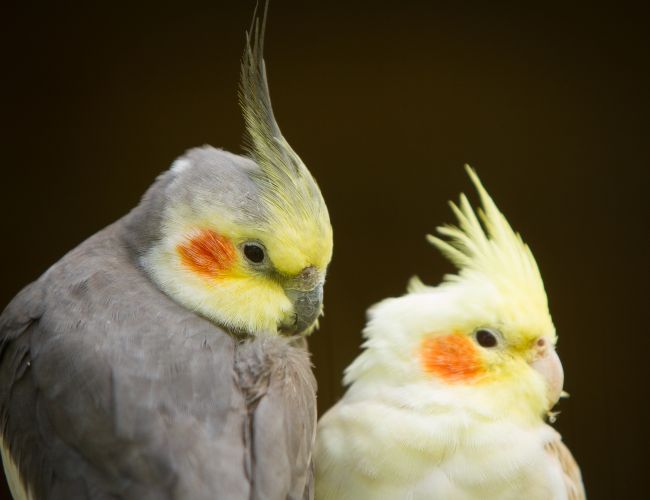
Male Cockatiels attract potential mates during the breeding season (August–December) by performing elaborate courtship displays.
These displays include puffing up their feathers, extending their wings outwardly towards their partner, and swaying back and forth energetically while singing melodious songs accompanied by whistling and chirping noises.
Once a pair is established, both partners work together to construct cup-shaped nests out of twigs and leaves.
These nests are then lined with softer materials such as feathers and fur before the female lays anywhere from two to four eggs, which hatch approximately eighteen days after the incubation period comes to an end.
Parental Care

The female is in charge of brooding, while the male brings her food supplies throughout the day so that she can focus solely on tending to them without having to leave the nest unoccupied even once.
Both parents share equally in the responsibility of caring for young chicks: the female is in charge of brooding, while the male brings her food supplies throughout the day.
Once hatched, baby birds continue to rely on both of their parents for care and nourishment until they fledge approximately five weeks later, at which point they are able to successfully navigate life on their own outside of their parents’ protection zone.
Raising Young
During the first few months after the birth of their young, adult cockatiel pairs are required to devote a significant amount of their energy to the process of rearing their young.
This is done to ensure that the young receive adequate nutrition and exercise in order to mature into adults who are healthy enough to safely leave the nest.
Occasionally, parents will take turns perching nearby and keeping an eye on their children while the other takes a rest.
However, in most cases, at least one parent is always present to ensure that the children are safe and sound at all times.
Migration Patterns
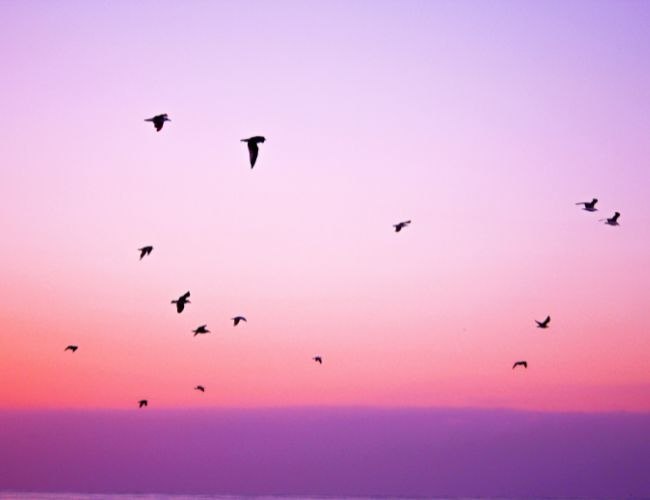
It is interesting to note that, despite the fact that most species in Australasia remain in the same location throughout the year, certain varieties of wild cockatoos move to south east Asia from October to November and then return in May and June after a successful winter season abroad.
During this trip, you will cover a significant amount of ground, typically thousands of kilometers in a single voyage that can span several weeks depending on the weather conditions faced and the route followed.
Amazing feat of endurance and strength, absolutely awe-inspiring sight to see anytime the fortunate occasion presents itself to witness such a beautiful phenomena firsthand and see nature in all its grandeur.
Want To Learn More About Cockatiels
If you found this post useful, you may also like
Cockatiel Toys: The Best Way To Keep Your Pet Happy & Engaged. There is a lot to learn about Cockatiels, hopefully, this post on
What Foods Can Cockatiels Eat? An Essential Guide To Their Nutrition is useful! Another post you’ll find interesting is
Caring For A Cockatiel: All You Need To Know To Keep Your Pet Happy and Healthy.


